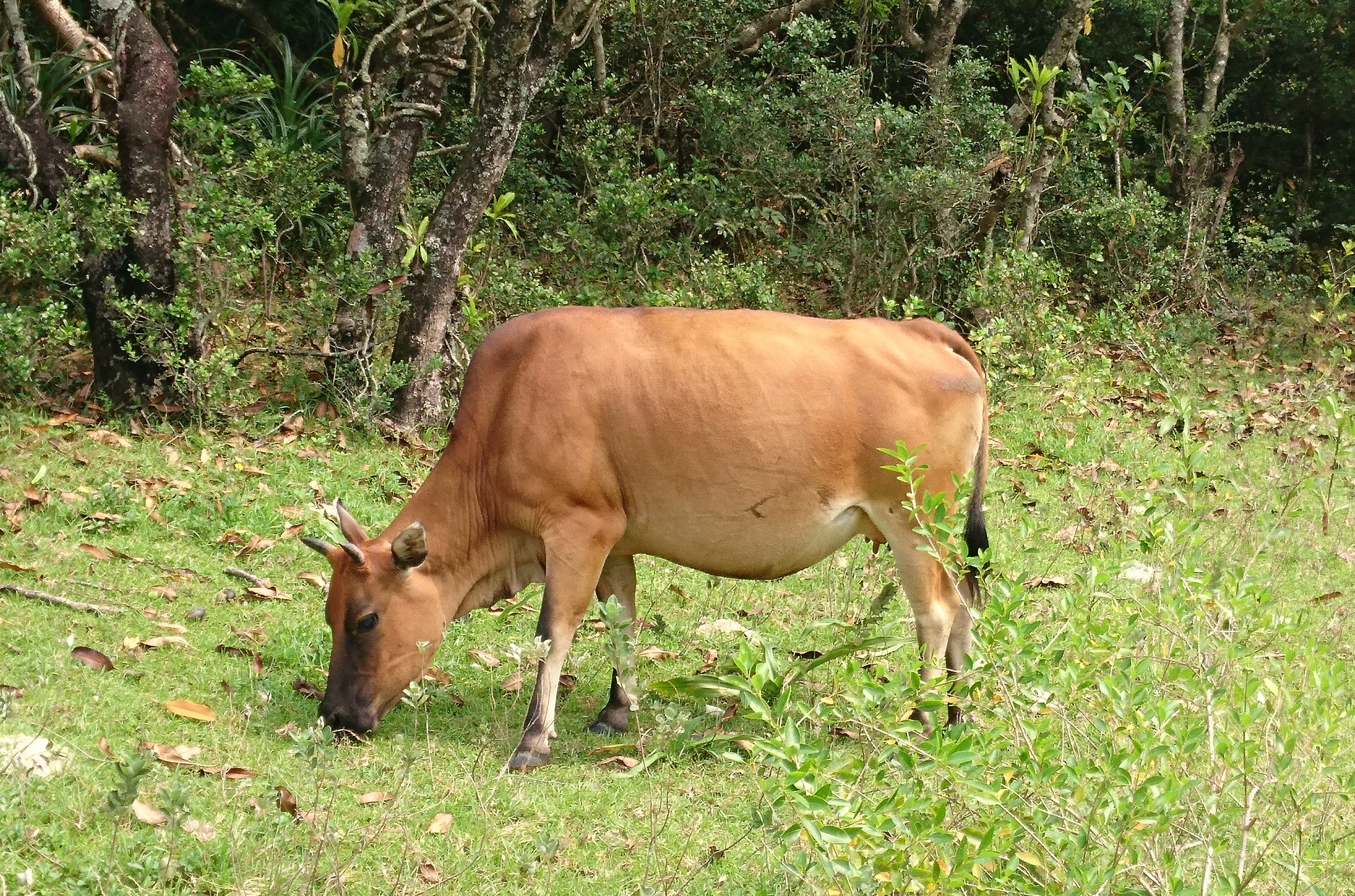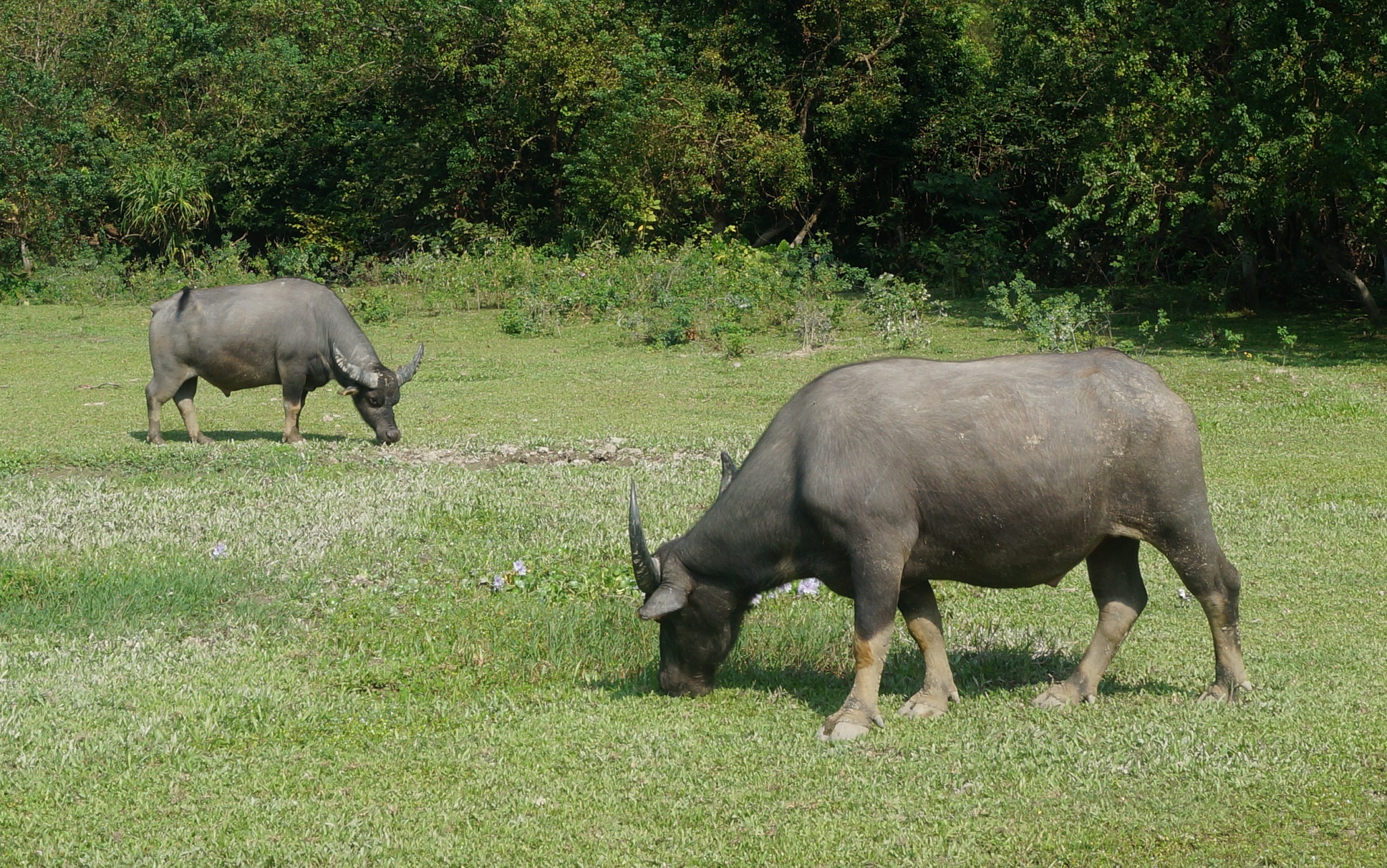Stray Cattle Management Plan
|
Background Information on AFCD's Policy for Handling Stray Cattle In the past, brown cattle and water buffaloes were widely used by local farmers as draught animals to plough paddy fields. With rapid economic development in the past few decades, the local agricultural industry has undergone great changes. As rice growing gradually disappeared in Hong Kong after the 1970s, these draught animals were no longer needed and as a result, they were abandoned by farmers. The abandoned ones survived and continued to produce offspring in the wild, and developed into the existing stray bovine population.
Without any forms of control, the stray bovine population is expected to grow endlessly. Given the limited resources in the wild, some stray cattle leave their original habitats and gradually migrate towards the urban areas, thereby causing nuisances to the public. From time to time, the AFCD receives from the community reports about nuisances caused by stray cattle. These include environmental hygiene problems caused by their excrement, traffic congestion or accidents caused when they wander on public roads, damage caused to the environment and private properties, etc. Therefore, the Cattle Management Team under the AFCD has adopted a multi-pronged approach for tackling the problem of stray cattle in an attempt to mitigate the conflicts between humans and the bovine population. Surgical sterilisation is one of the primary measures adopted by the AFCD to stabilise the stray bovine population. Under this approach, the AFCD officers proactively capture stray cattle for the surgical procedure. Those sterilised ones will be ear-tagged for identification. Upon recovery from the surgical wounds, the cattle will be relocated to the country park area which is near to the place where they were captured so that they can resume their livelihood in the wild. The measure will minimise the nuisances caused by stray cattle to the suburbs and urban areas. A detailed survey was conducted by the AFCD in 2022 on the distribution and population of stray cattle in Hong Kong. The result of the survey revealed that there were about 940 heads of brown cattle and 180 heads of water buffaloes. As compared to the survey conducted in 2018, the number of brown cattle had decreased by about 40 heads while the number of water buffaloes had increased by about 20 heads. The views of different stakeholders in the community are very diverse on how to handle stray cattle. In this context, the AFCD will continue to communicate with members of the local communities, non-governmental organisations, District Councils and Rural Committees, etc. and balance their views so as to reach a consensus on the most appropriate solution to the problem. For more information regarding what we should do when we encounter stray cattle, please refer to the “Q & A” section. Cattle Management Team, AFCD |
||
|
||

